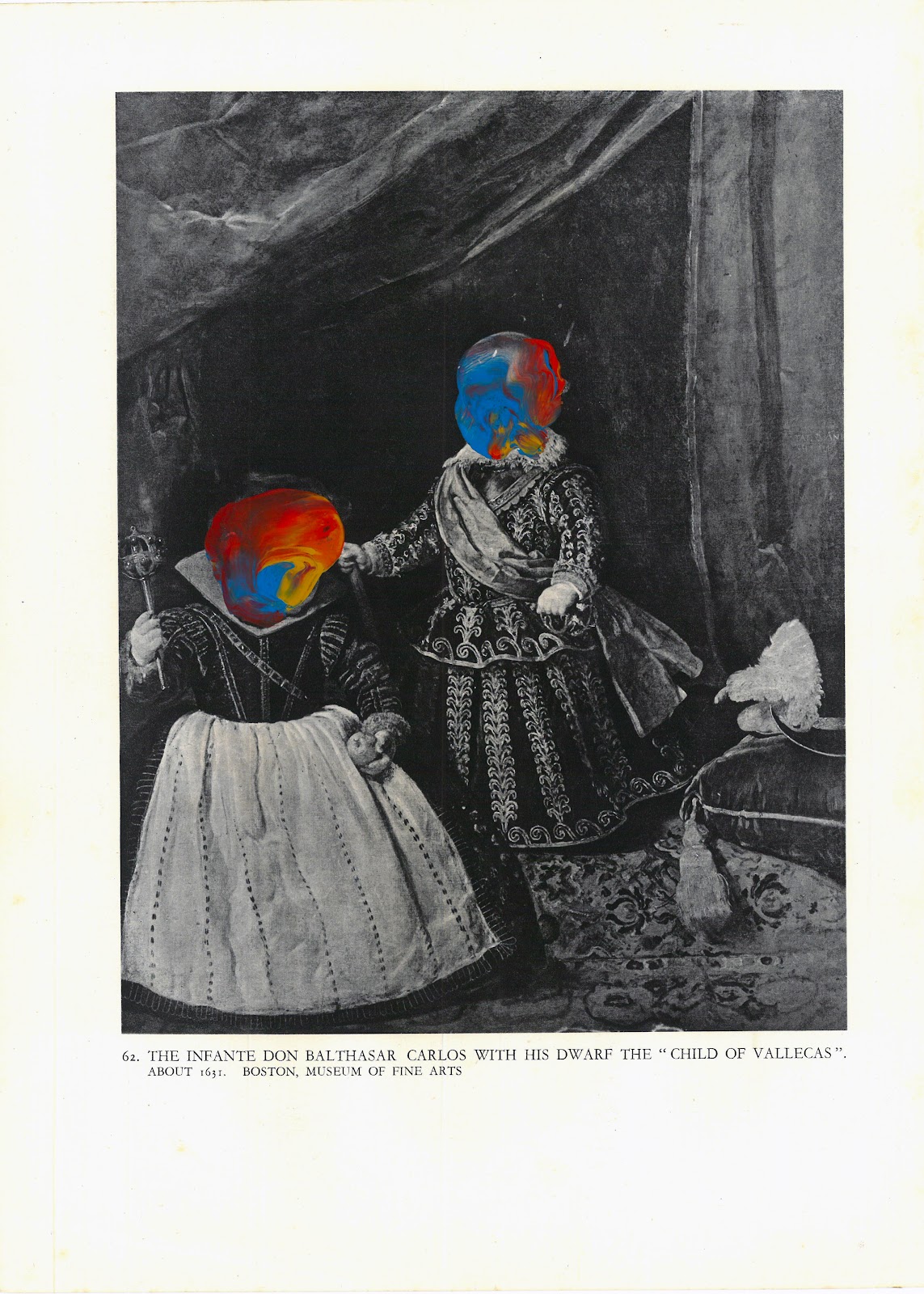The Jaguer's (Édouard & Simone) were absolutely committed with the dissemination of the poetry and visual arts of the last international European avant-gardes. Édouard Jaguer (1924-2006) was a great poet and essayist-critic and his articles on artists from very diverse and remote places were published in several books and magazines such Terzo Occhio, La Main à la Plume, La Revolution la Nuit, Le Surréalisme Révolutionnaire, Rixes, CoBrA, Boa, Il Gesto, Salamandre, La tortue-lièvre, La Brèche, Aujourdh'hui, XXième Siècle, Ellébore, Les Deux Soeurs, La Tour de Feu, La Nef, as well as in the Phases magazine itself (from its first number in 1954). Likewise, the artistic (graphic design) and curatorial direction (documentary ordering) of this great magazine was completely made by himself. We also know that the magazine was self-financed thanks to a greates curatorship that in special issues included original work by the artists presented under the auspices of the magazine. These original works, as a rule, were in small format (usually signed engravings). However, it mus be said that Phases was not only a magazine. It was a new Movement. A new Movement that started in 1952 which sought to unify the visual culture of its time, the most historical Surrealism ideas and aesthechics with the "new" branches of the "lyrical abstraction" that Andre Breton always considered as the true forms of automatism and that Breton work together with the french critic Charles Estienne in its development. The early fifties is one of the most interesting moments of the Surrealism history due to the battle of its supresion in the History of Art or rememorance, great personalities of this time and its problematics can be found in the french critics Charles Estienne and Michel Tapié. Anyway, Phases standed up in the middle of this epic battle to reunite both movements and artistic tendencies under one voice, the voice of the Experimental Arts. Phases continued its activities until Jaguer died in 2006 leaving a vast catalogue of artists encounteers and ideas that today we continue researching.
Édouard Jaguer was a link, for all artists linked to the historical Surrealism and historical Experimentalists in favor of the avant-garde and the progress of contemporary art of that time. The Jaguers invested everything they had in their task of advancing this movement. Jaguer had a business that made belt buckles. Also, he operated as an active art merchant and had a very good relationship with various galleries around europe and France. One of these is the parisian gallery "1900-2000" which still remains under the greatest curator Marcel Fleiss. Édouard Jaguer, from a young idealist and fighter, also participated with a group of French Resistance against Nazism and the invasion of France. About Simone, we know that she was a skilled collagist who, in anonymity, signed her works under the pseudonym Anne Ethuin and to preserve the Dada wisdom.
All in all, this picture it is an unpublish faithful testimony of this activity. Here we can see Freddy Flores Knistoff (founder of CAPA) presenting a series of works of his authorship to Édouard and Simone Jaguer. Édouard Jaguer was a great fan of CAPA's work (Knistoff branch), a pity that they did not manage to develop the exhibition project that was beginning to take shape in their minds due to his early death. This photo was taken in 2000 by a friend of Freddy and on the background we can see a large collection of paintings from greatest artists liked to the Surrealism and Experimental Art history, like Enrico Baj, Pierre Alechinsky, Toyen and Cristian D'Orgeix.
 |
| Freddy Flores Knistoff at Jaguer's Studio in París. From left to right, Édouard Jaguer, Freddy Flores Knistoff and Simone Jaguer in 2000. |
.jpg)






